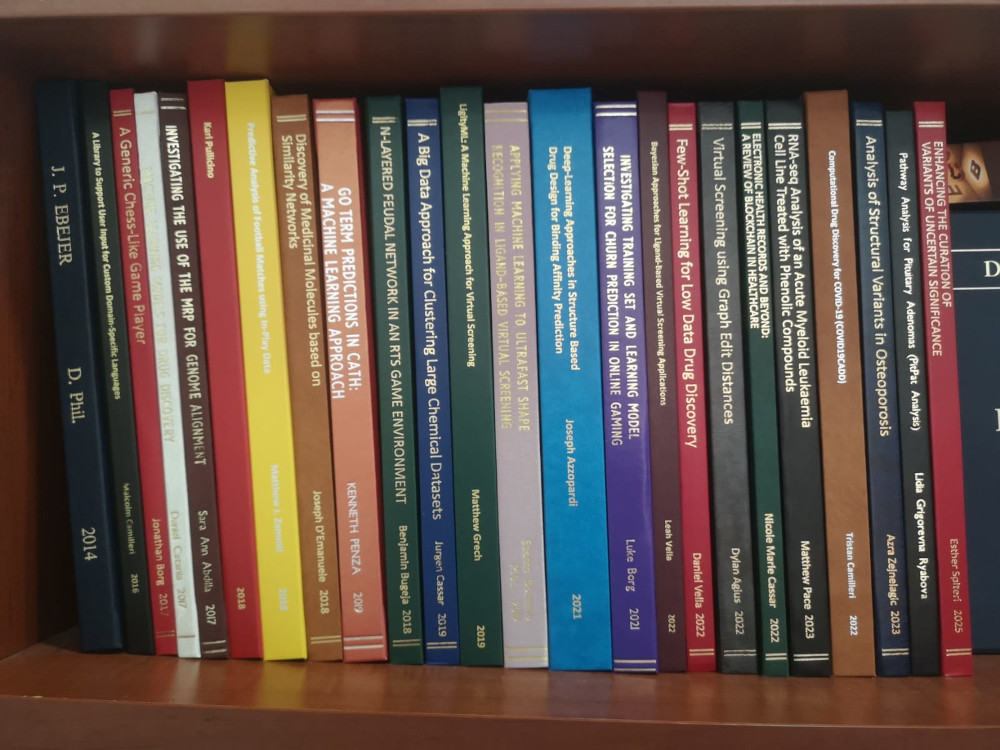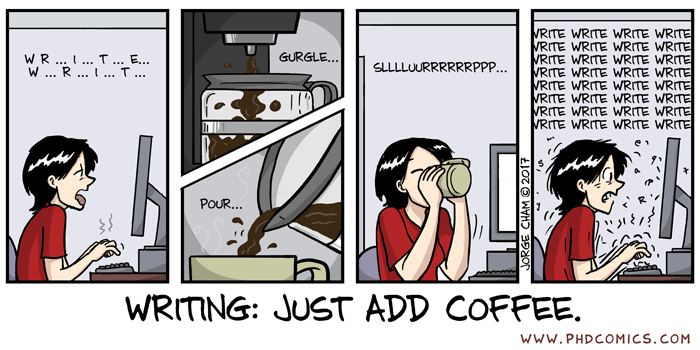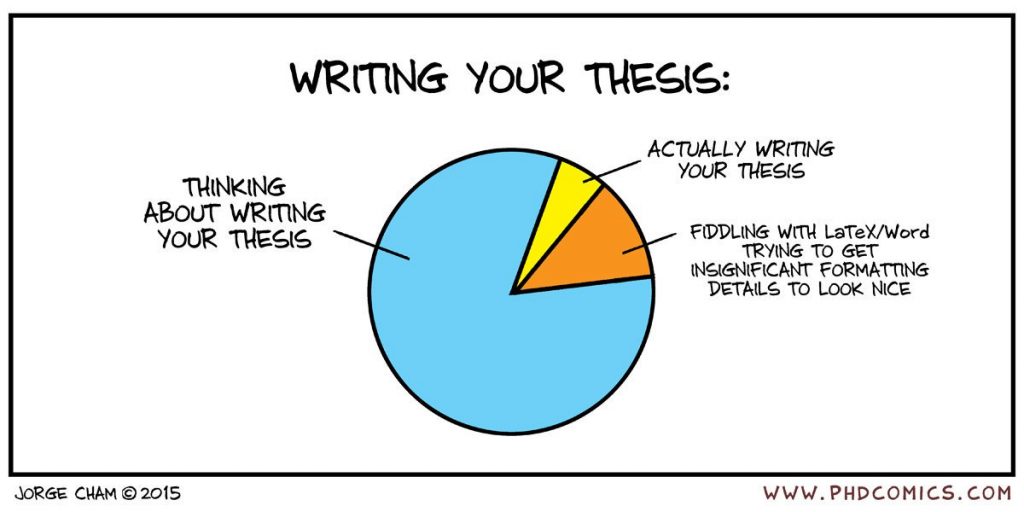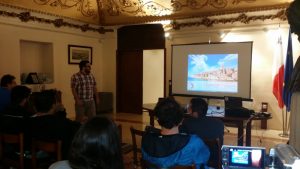
The best way for post-graduate students to visualize their final deliverable (i.e. their dissertation) is to actually get hold of two or three works from others who did brilliantly. I have been meaning to put these online for ages. Two important differences to your own volume could be the number of ECTS. This affects the level of detail. Another difference could be the study programme. This affects the word count and general submission regulations.
So here you go. Below please find three “distinction-quality”, 60 ECTS, M.Sc. in AI dissertations from Etienne, Joseph, and Daniel (all brilliant ex-students of mine). These dissertations resulted in publications (here, here, and here). Note that these dissertations were submitted for the M.Sc. AI programme at the University of Malta, but will still help you get a feel for what is required (and excellency). The BoE requested no corrections for Daniel’s dissertation (the only case I have ever seen at UM). Also appreciate these dissertations were written in pre-GenAI times.



